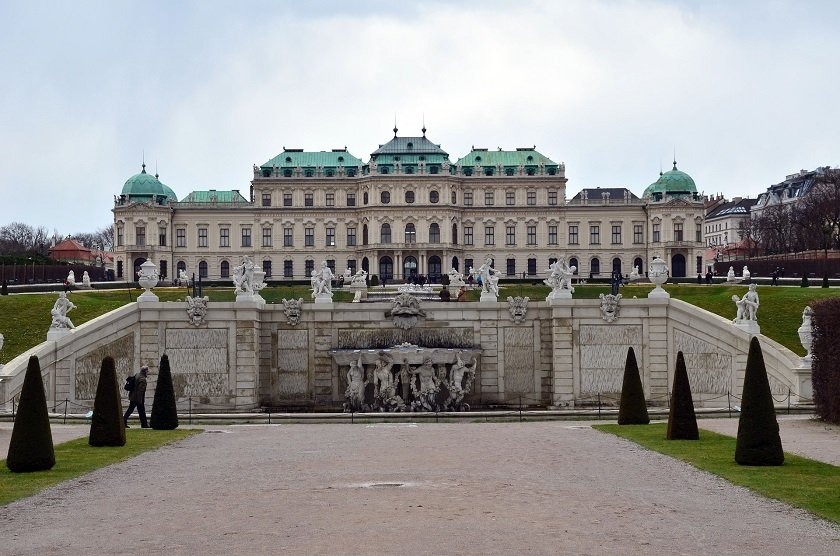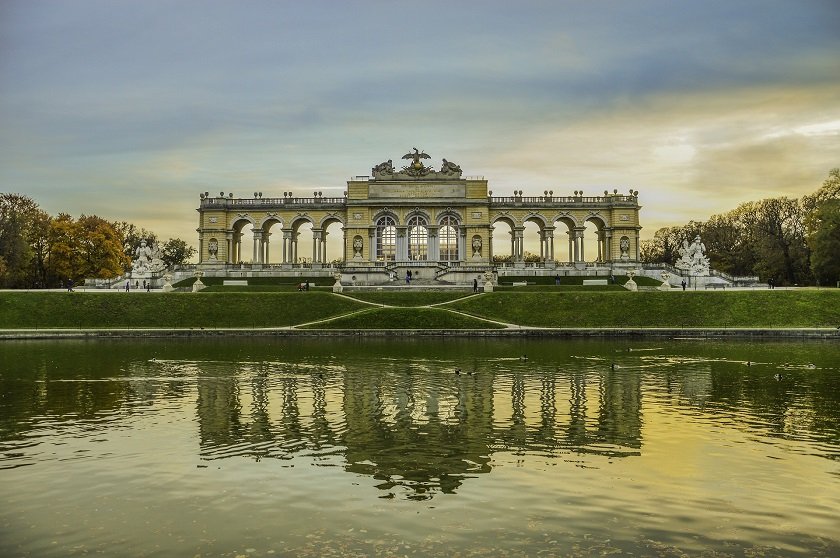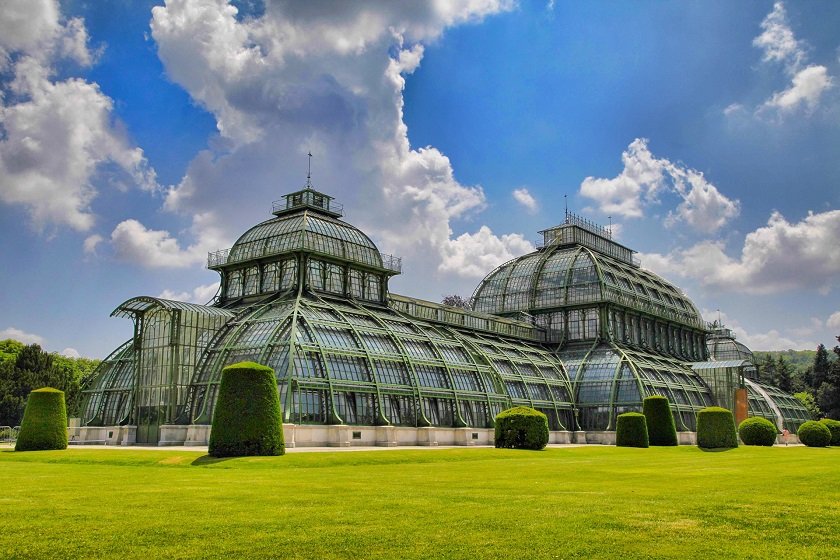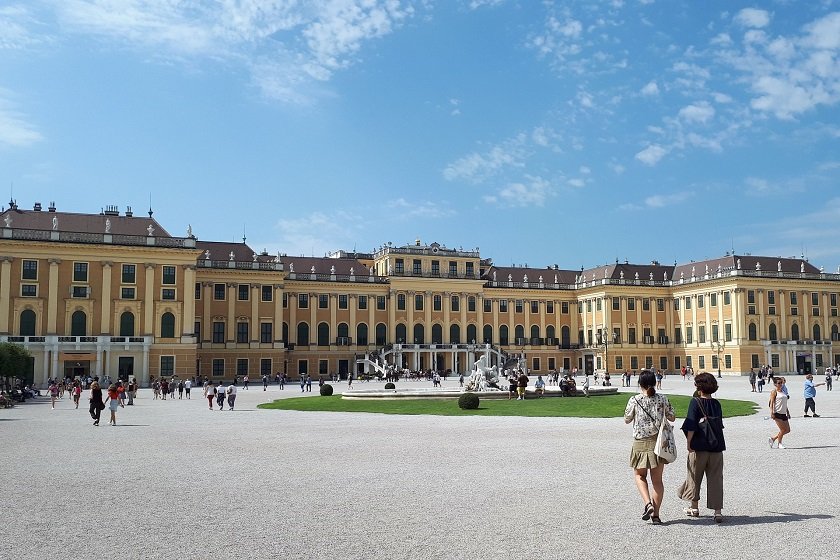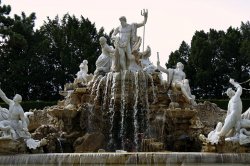Schönbrunn Palace
The Baroque Schönbrunn Palace in Vienna is the former main summer residence of Austrian Emperors and Austria’s most visited tourist attraction. Originally, there used to stand a summer residence, but in the 16th century the Habsburgs bought the site along with the devastated garden and had it rebuilt into a hunting lodge. In the late 17th century, Emperor Leopold I commissioned Baroque architect Johann Bernhard Fischer von Erlach to build a representative residence on the site. During the reign of Maria Theresa, the Schönbrunn Palace was further renovated and became the summer residence of the imperial family. The Palace has a magnificent architecture and all of its 1441 rooms are beautifully decorated. Visitors can see 45 palace rooms as part of the guided tours. The gardens are open to the public free of charge and visitors can see, for example, the Maze and the Gloriette, which houses a café with a terrace where visitors can enjoy breakfast with live music every Sunday. In the adjacent palace park is the Palm House and the Orangery, where the Schönbrunn Palace Orchestra regularly performs concerts. Visitors can park their cars in the paid car park near the Palace.
Useful information for visitors
Public transport connections
The closest public transport stops near the Schönbrunn Palace:
- Schönbrunn metro station, bus and tram stops
Opening hours and admission
The Schönbrunn Palace offers several tours. For up-to-date information about admission fees and opening hours of the Palace and Gardens visit the official website.
Tickets to concerts can be purchased here.
Visitors can choose from two tours: the Imperail Tour (22 rooms, the private apartments of Franz Joseph and Sisi, the Rococo State Rooms) and the Grand Tour (40 rooms, including the 18th-century interiors from the time of Maria Theresa).
Interesting facts about Schönbrunn Palace
Wolfgang Amadeus Mozart played the piano in the Schönbrunn Palace’s Mirror Hall when he was six years old. Napoleon held conferences in the Vieux-Lacque Room. And the Blue Chinese Salon remembers the end of the monarchy, as Emperor Charles I signed his abdication there in 1918.
